It’s a different world
The Coronavirus pandemic has disrupted every aspect of our daily lives from workplace closures to schooling children at home, from lockdowns to panic buying.
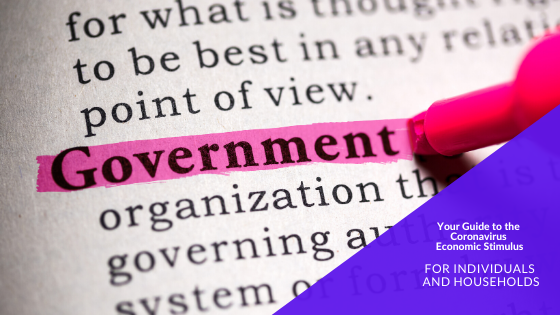
Globally, as of 13 April 2020, there have been 1,776,867 confirmed cases, including 111,828 deaths reported to the World Health Organisation. In Australia, from Jan 26 to 13 Apr 2020, there have been 6,322 confirmed cases with 61 deaths.
Costing more than $320 billion, the Government has released economic relief to support affected workers, businesses and the broader community.
This is part 1 of a 3-part series on how the Government will support individuals and households, businesses, and the flow of credit in the Australian economy. We’ll explain what’s been announced, how it may affect you, and what to do next.
Here are the key measures released:
- Support for individuals and households. Financial assistance in the form of wage subsidy, income support payments for the unemployed and pensioners, and temporary early release of superannuation.
- Support for businesses. This includes measures for a temporary cash flow boost, a safety net for financially-distressed businesses, investment incentives, and wage subsidies for apprentices and trainees.
- Supporting the flow of credit. To better manage the impact of the Coronavirus and help support activity, these reforms are designed to encourage lending to businesses through low-cost funding and cutting red tape.
How the pandemic affected our economy and the rest of the world
These are challenging times – for everyone. The outbreak of the Coronavirus poses significant health impacts, but also major economic consequences.
A decline in economic activity and financial markets
While the initial effect was felt in the Chinese economy, lockdowns announced in major economies in Europe, the Americas, and Asia to contain the outbreak meant economic activity has declined.
China recorded the largest fall in industrial production and manufacturing in its history.
Demand for goods and services has declined in the tourism, hospitality and retail industries due to restrictions on large gatherings, availability of imported goods and travel bans.
Stock markets around the world have fallen substantially and the Australian dollar is 11% lower than it was in early January.
On the upside, falls in global demand have pushed oil prices down 65% lower but consumers tend to benefit from lower petrol and gas prices.
Protecting the community but at a cost
The Government has now put in place strong measures to protect Australians to limit the spread by activating the National Incident Room, releasing masks and other personal protective equipment, enhancing border controls and imposing strict travel restrictions and promoting social distancing. Is it enough? Can our health system manage the outbreak?
Ironically, by restricting the movement of people, some businesses have been forced to close and jobs are being lost.
The good news?
There is good news and it largely relates to support for individuals, households, and businesses to minimise the significant economic consequences from this pandemic.
Let’s take a look at what’s available, what it means for you and what you can do to get it.
Support for individuals and households
In response to the crisis, Prime Minister Scott Morrison has announced measures at an estimated total cost of $320 billion, to support workers, households, and businesses. In this article, we discuss what’s available for individuals and households.
JobKeeper Payment
What is it?
This is a wage subsidy of $1,500 per fortnight, per employee, available to businesses and not-for-profits significantly impacted by the Coronavirus, so they can continue paying their employees. Payments will be made to the employer monthly in arrears by the Australian Taxation Office (ATO). The subsidy starts on 30 March 2020, with the first payment to be received by the employer in the first week of May.
Who is eligible to claim?
- Businesses with an annual turnover of less than $1 billion where their turnover has fallen or will likely fall by 30% or more; or
- Businesses with an annual turnover of more than $1 billion where their turnover has fallen or will likely fall by 50% or more; or
- Self-employed individuals, if they meet the turnover tests mentioned above; or
- Not-for-profits registered with the Australian Charities and Not-for-Profit Commission (ACNC) if their turnover has or will likely fall by 15% or more, relative to a comparative period.
Where you have more than 1 employer, only 1 employer will be eligible to receive the payment.
How do you claim?
Eligible employers must elect to participate by applying to the ATO as, at the time of writing, this can be done by visiting the ATO website and registering for JobKeeper updates.
Income support payments for the unemployed
What is it?
This measure comprises temporary expanded access to the JobSeeker payment and a new time-limited Coronavirus supplement to be paid at a rate of $550 per fortnight on top of the existing income support payment.
The expanded access includes payment access to permanent employees who are stood down or lost employment; sole traders; self-employed; casual workers; and contract workers who meet the income tests. In addition, there will be reduced means testing and reduced waiting times.
It’s important to note that you will not be able to access employer entitlements or income protection insurance at the same time as receiving the JobSeeker Payment and Youth Allowance Jobseeker under these arrangements.
The Coronavirus supplement will commence from 27 April 2020 and the expanded access will commence from 25 March 2020.
Who is eligible to claim?
Existing and new recipients of JobSeeker Payment, Youth Allowance, Parenting Payment, Austudy, ABSTUDY Living Allowance, Farm Household Allowance, and Special Benefit.
How do you claim?
You can claim online or over the phone.
Payments to pensioners and concession cardholders
What is it?
These are 2 separate payments of $750 to assist to lower-income Australians such as pensioners, social security and veteran income support payments, and eligible concession cardholders. The purpose is to manage the impact of the recent volatility in financial markets and the impact of low-interest rates on retirement savings.
The payments will be exempt from tax and will not count as income for social security purposes.
Who is eligible to claim?
- For the first payment:
- You must be an Australian resident and be receiving one of the eligible payments or hold one of the eligible concession cards at any time from 12 March 2020 to 13 April 2020, inclusive.
- For the second payment on 10 July 2020:
- You must be an Australian resident and receiving one of the eligible payments or hold one of the acceptable concession cards that we’re entitled to the first payment, except those who are receiving an income support payment that is eligible to receive the Coronavirus supplement.
How do you claim?
The first payment will be paid automatically from 31 March 2020 and the second payment from 13 July 2020 by Services Australia or the Department of Veterans’ Affairs (DVA).
Temporary early release of superannuation
What is it?
Individuals affected by the coronavirus will be allowed to access up to $10,000 of their superannuation this financial year and a further $10,000 next financial year. Payment will be tax-free and will not affect any Centrelink or DVA payments. When the ATO has processed your application, it will make a determination and then notify your superannuation fund to release the payment to you.
Who is eligible to claim?
- You must satisfy one or more of the following:
- You are unemployed; or
- You are eligible to receive the JobSeeker payment, Youth Allowance, Parenting Payment, Special Benefit or Farm Household Allowance; or
- On or after 1 January 2020:
- Redundant; or
- Working hours reduced by 20% or more; or
- If you are a sole trader – your business was suspended or there was a reduction in your turnover of 20% or more
How do you claim?
You can apply directly to the ATO through the mygov website (www.my.gov.au) and certify that you meet the criteria, from 20 April 2020.
Temporarily reducing superannuation minimum drawdown rates
What is it?
It’s a 50% reduction in minimum pension drawings for 2019-20 and 2020-21 for account-based pensions and similar products, to reduce the need to sell investment assets to fund minimum draw-down requirements.
Who is eligible to claim?
Retirees with Account-Based Pensions and similar products.
How do you claim?
Retirees should contact their Financial Planner if they want to make the reduction. If you have already withdrawn the current minimum drawdown requirements, you can’t put the amount back into your superannuation.
Reducing social security deeming rates
What is it?
From 1 May 2020, the upper deeming rate will be 2.25% and the lower deeming rate will be 0.25% to reflect the low-interest-rate environment and its impact on the income from savings. On average, those on the Age Pension will receive around $324 more in the first full year that the reduced rates apply.
Who is eligible to claim?
If you are an income support recipient, including Age Pensioners.
How do you claim?
It will be automatically calculated by Services Australia.
Let’s recap what’s available for individuals and households
The Government has announced financial assistance in the form of wage subsidy, income support payments for the unemployed and pensioners, and temporary early release of superannuation. If you are an affected worker, individual or household, help is available. Some payments can be claimed online, over the phone or automatically paid. Call your trusted Financial Planner or accountant, if you have one.
The world is healing
A pandemic is spreading. People are in quarantine. Some businesses and schools are closed. The whole world is in crisis mode and no one knows how long it will last. These are scary times.
It’s ok to feel scared, confused and overwhelmed. As we’re all forced to deal with the new reality of a pandemic, let’s look at some positives and a small reason to celebrate.
- Fast food replaced by home-cooked meals;
- Children are home with their families;
- Parents are home taking care of their children;
- People are health and hygiene conscious again;
- Less traffic on the road;
- Petrol is affordable; and
- The air is cleaner.
Our environment has shifted radically in the space of a few weeks. Let’s do our bit to slow the spread of the virus.
Let’s check in on each other. Let’s stay home and save lives.
We’re in this together. If you need help working out what initiatives you can access please reach out to the JBS Financial team for help here.
Here are links to some useful resources:
https://www.ruok.org.au/
https://www.health.gov.au/
https://headspace.org.au/
https://mindspot.org.au/
https://www.ato.gov.au/
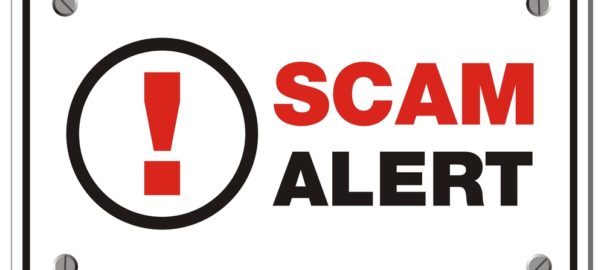
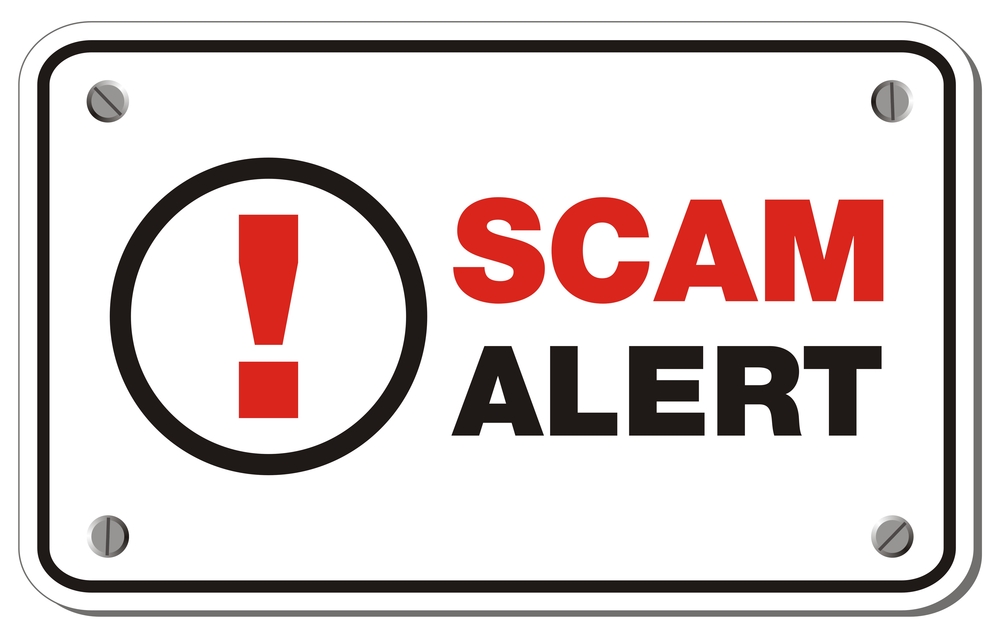 While we’re supporting you through COVID-19 (coronavirus), the ATO is also working behind the scenes to support you and identify scammers who are trying to steal your money or identity while you’re most vulnerable.
While we’re supporting you through COVID-19 (coronavirus), the ATO is also working behind the scenes to support you and identify scammers who are trying to steal your money or identity while you’re most vulnerable.





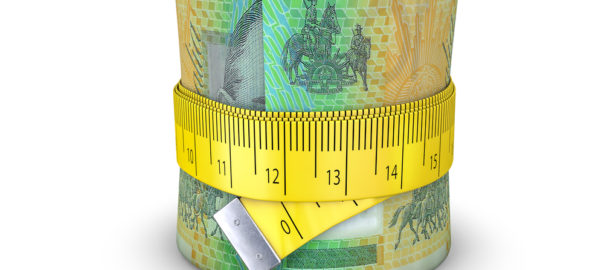
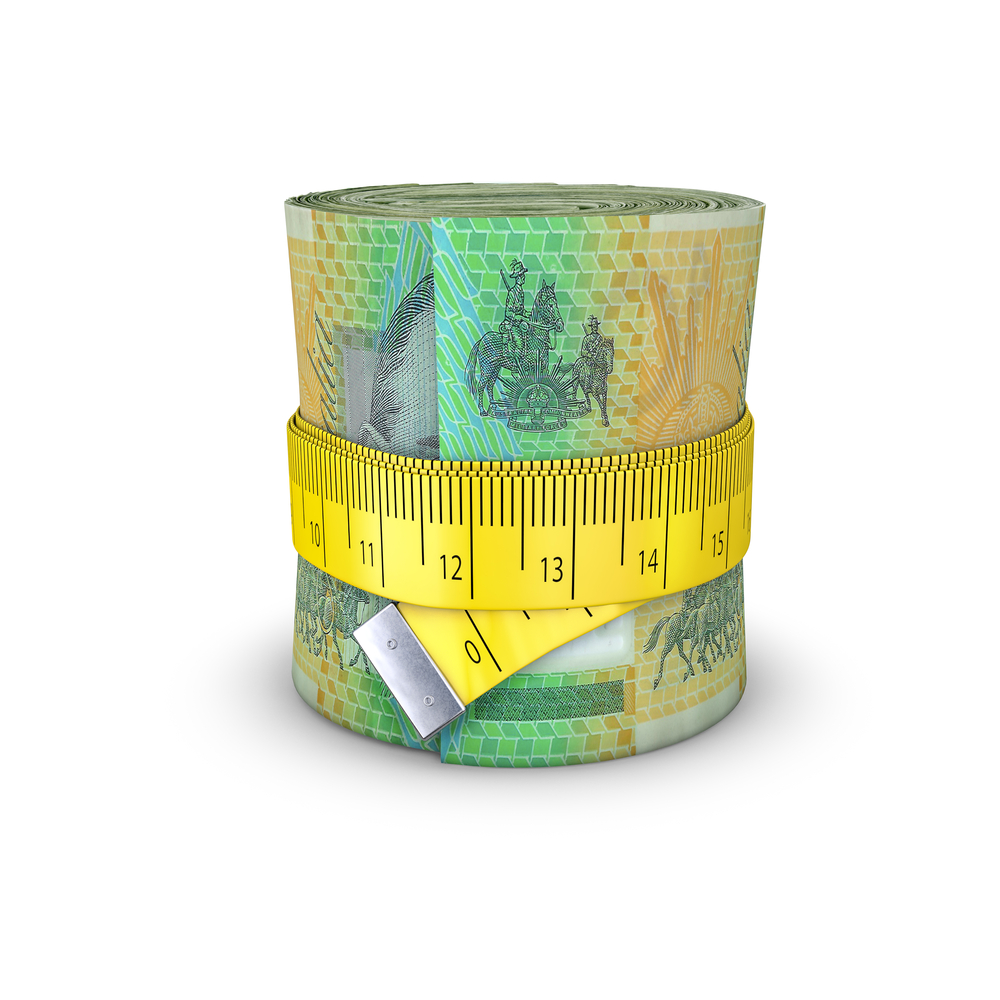 With many thousands of Australians experiencing job losses and reduced hours as a result of the COVID-19 (coronavirus) pandemic, many will need to take a look at their expenses to continue living within their means.
With many thousands of Australians experiencing job losses and reduced hours as a result of the COVID-19 (coronavirus) pandemic, many will need to take a look at their expenses to continue living within their means.
 The blanket coverage of coronavirus and its impact on the economy can lead to a lot of confusion. Some reports are hopeful of anti-viral drugs, others say a vaccine is at least a year away. There is talk of curve flattening but still rising cases and deaths. There is news of an easing in lockdowns but also worries about “second waves.”
The blanket coverage of coronavirus and its impact on the economy can lead to a lot of confusion. Some reports are hopeful of anti-viral drugs, others say a vaccine is at least a year away. There is talk of curve flattening but still rising cases and deaths. There is news of an easing in lockdowns but also worries about “second waves.”
 It’s hard to believe people may be trawling through your garbage or waiting for you to click on an email so they can pick up some personal information about you. But the unfortunate reality is that identity theft is a big problem and one that’s growing over time.
It’s hard to believe people may be trawling through your garbage or waiting for you to click on an email so they can pick up some personal information about you. But the unfortunate reality is that identity theft is a big problem and one that’s growing over time.
 Over the last 2 weeks, we brought you parts 1 and 2 on how the Government plans to support individuals and households, and small businesses. In this 3rd and final article in the series, we’ll take a look at what support is available to meet the immediate cash flow needs of businesses.
Over the last 2 weeks, we brought you parts 1 and 2 on how the Government plans to support individuals and households, and small businesses. In this 3rd and final article in the series, we’ll take a look at what support is available to meet the immediate cash flow needs of businesses.
 You may have read about how the shutdown of industry across China, effectively the world’s manufacturing hub, risks hurting the global economy. You may also have heard about large falls in global stock markets, in addition to the price of commodities such as oil. It feels like there’s been no shortage of alarming twists.
You may have read about how the shutdown of industry across China, effectively the world’s manufacturing hub, risks hurting the global economy. You may also have heard about large falls in global stock markets, in addition to the price of commodities such as oil. It feels like there’s been no shortage of alarming twists.
 When a small business runs out of cash, the business dies. So, we have a real crisis on our hands.
When a small business runs out of cash, the business dies. So, we have a real crisis on our hands.




 If your ability to work and earn an income has already been affected, you’re likely to be worried about how you’re going to cover your bills and mortgage and pay for the essentials your family need.
If your ability to work and earn an income has already been affected, you’re likely to be worried about how you’re going to cover your bills and mortgage and pay for the essentials your family need.